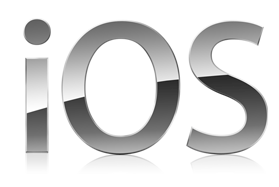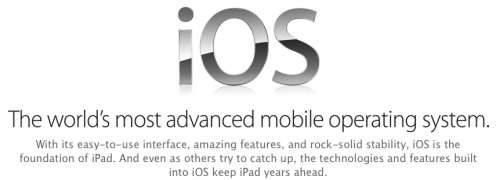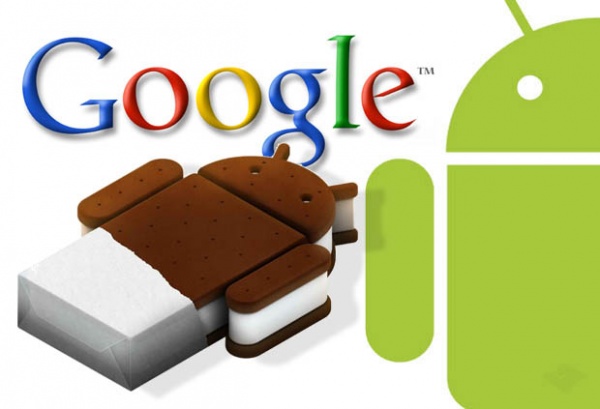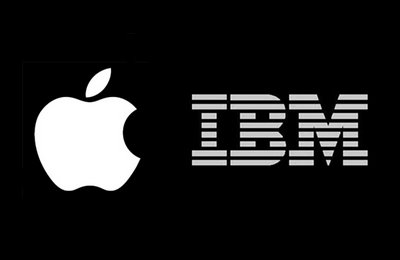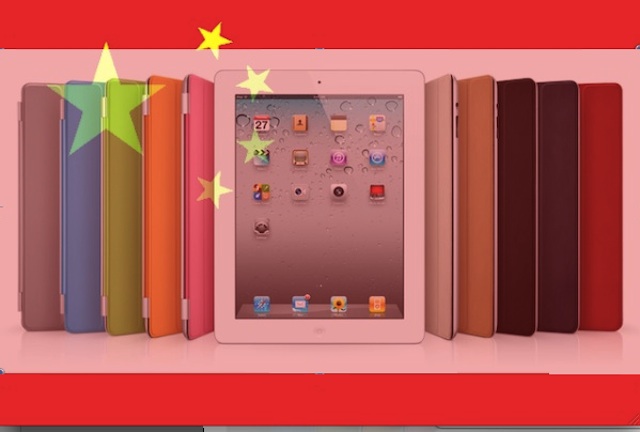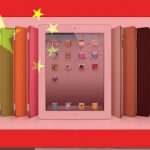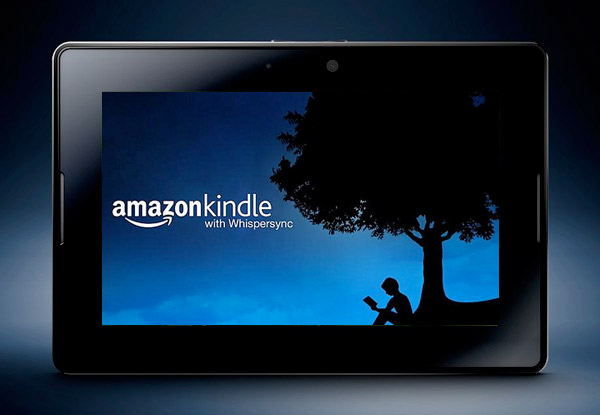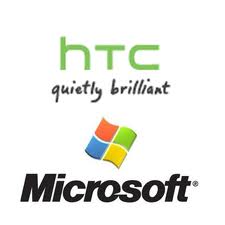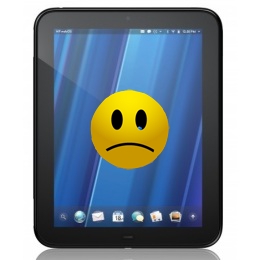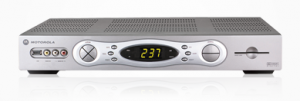I often engage in discussions with the financial community on matters related to tech for their portfolio management. One of the things I was asked in a recent conversation intrigued me. The question was around why Apple seems to be dominating their competition with such a limited product portfolio mix.
 Tim Cook continues to emphasize with each investor, earnings, and public event that Apple’s laser focus is to continue striving to make the best products on the planet. Given that Apple seems nearly unstoppable, it appears their strategy is working. And it does make you wonder what Tim Cook’s statements about Apple continuing to focus on making the best products and Apple’s dominant position (especially with iPhone and iPad) says about other products on the market.
Tim Cook continues to emphasize with each investor, earnings, and public event that Apple’s laser focus is to continue striving to make the best products on the planet. Given that Apple seems nearly unstoppable, it appears their strategy is working. And it does make you wonder what Tim Cook’s statements about Apple continuing to focus on making the best products and Apple’s dominant position (especially with iPhone and iPad) says about other products on the market.
So the question thrown at me was “Do Apple Competitors Make Bad Products?” In light of Apple’s continual progress forward and other companies’ struggle to keep up, this is an interesting question. The answer is simply that many Apple competitors make very good products. I happen to like quite a few of them. The problem—for competitors—is that Apple makes exceptional products and perhaps more importantly, extraordinary experiences with those products.
To dive into this deeper, three fundamental points need to be established…
Apple Has More Competition Than Anyone—Yet No True Competitors
When you think about Apple’s vertically integrated business strategy of having a dedicated hardware business, software business, and services business, you realize that Apple competes toe-to-toe with almost the entire tech industry. Yet no company competes toe-to-toe with Apple.
What I mean by that is Apple competes directly with hardware companies, meaning people who make notebooks, desktops, all-in-ones, smartphones, tablets, and set-top boxes to a degree.
They also compete with those who make software, particularly in operating systems, but also in core apps. They compete with Microsoft at an OS level and at an Office level with Pages, Keynote, Numbers, etc. They compete with companies who make media management and creation software like Adobe, or ArcSoft etc, with iMovie, iPhoto, etc. They compete with Google with Android. The list could go on.
They also compete with services companies. iTunes and iCloud as a service competes with a host of online services providers from email, to calendar, to movies, music, storage and backup etc. Google and Microsoft again are competitors here along with a long list of others.
They compete to a degree with retailers. Apple retail competes with Best Buy, Wal-Mart, Target, Staples, etc. Note that Apple doesn’t compete on all levels with these retailers, but we have to acknowledge there are some crossovers.
When you look at the sum of their businesses, because of their vertically integrated strategy, it is not quite obvious the large list of competitors Apple has all over the industry. Yet the reality is that no other company has such a tightly integrated vertical strategy as Apple. So my first point is that at a fundamental level, Apple doesn’t actually have any true competitors who compete with them on every level they way they do with the rest of the Industry. This, at its core, is what sets them apart.
Granted we could debate that with Google’s acquisition of Motorola, they have all the parts on paper to compete with Apple toe-to-toe, but for the time being I still consider that a stretch.
Apple’s “Works Better Together” Philosophy
What is truly unique about Apple is the relationship that all their products have with each other. It is as if each product was made for the other, yet alone each one is still a solid standalone product. We call this the “Works Better Together” approach. It means that your products or “consumer end-points” can work fine as standalone products, but work even better as a comprehensive whole. In concept this sounds like a no-brainer, but the reality is that Apple’s vertically integrated approach is essential in executing this strategy.
Too many companies who make consumer products organize their business units to compete for PNL. Sometimes even worse than competing for PNL, they work as a silos and never have a clue what the other business groups are working on. This makes it extremely difficult for a company to create a “works better together” portfolio even if they have all the parts to make it work.
By developing this strategy as a part of the “iDevice” ecosystem, Apple benefits by creating a user experience that is not related to simply one device, but to the entire Apple ecosystem. This and more is what we mean when we talk about the Apple ecosystem being sticky and creating consumer loyalty.
Technology as Art
Lastly, Apple has a culture that is completely unique, which is another part of the reason for its success. Steve Jobs in his many keynotes has pointed out that Apple’s approach to products is that they are at the union of liberal arts and technology. And nobody in the industry so far has been able to match Apple’s eye for design.
What this means is that there is an added dimension of design and technology as art that influences the thinking of those who work at Apple. This group is like a passionate team of artists who happen to turn their art into technology.
This is the major reason that Apple emphasizes simplicity. Steve Jobs has in many keynotes and demos said that Apple’s various products “just work.” What we must not forget is that creating technology products that are simple is no trivial task. Simple solutions require sophisticated technologies. Apple knows this better than anyone and it has oriented itself to succeed at just that.
So it is not that Apple competitors make bad products. Their hardware competitors and OS competitors make good products. It is simply because of their vertically integrated model, paired with a works better together product philosophy, coupled with incredible execution, and a hardware as art design strategy, that Apple simply makes exceptional and extraordinary products.
Which is why one can argue that they truly do not have any real competitors.

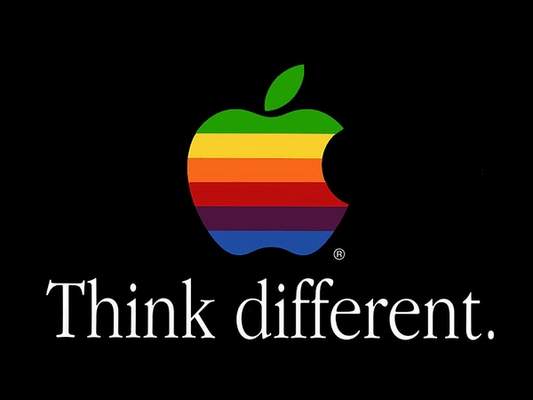
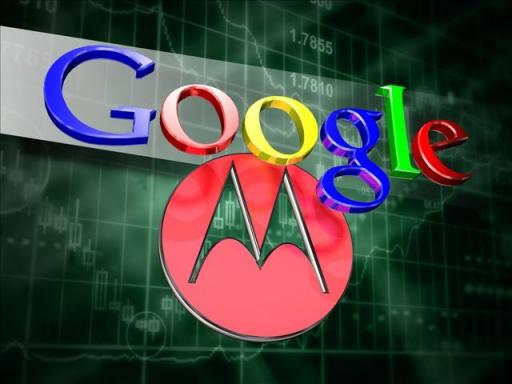
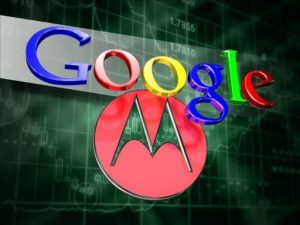

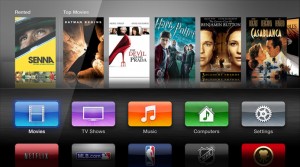 Apple TV is one of the things I get asked quite a bit about during my industry analysis presentations. It seems that everyone out there wants to know what Apple has planned for the big screen. Although no one knows, and there is much speculation, my key thoughts about this all along have been that Apple will in some way turn the TV screen into a platform to deliver rich content and services. If you think about it, the TV screen is the last of major screens in consumers lives to truly become a smart. Many vendors have tried, but the technology in many ways is still not here to really make TV’s smart.
Apple TV is one of the things I get asked quite a bit about during my industry analysis presentations. It seems that everyone out there wants to know what Apple has planned for the big screen. Although no one knows, and there is much speculation, my key thoughts about this all along have been that Apple will in some way turn the TV screen into a platform to deliver rich content and services. If you think about it, the TV screen is the last of major screens in consumers lives to truly become a smart. Many vendors have tried, but the technology in many ways is still not here to really make TV’s smart. 